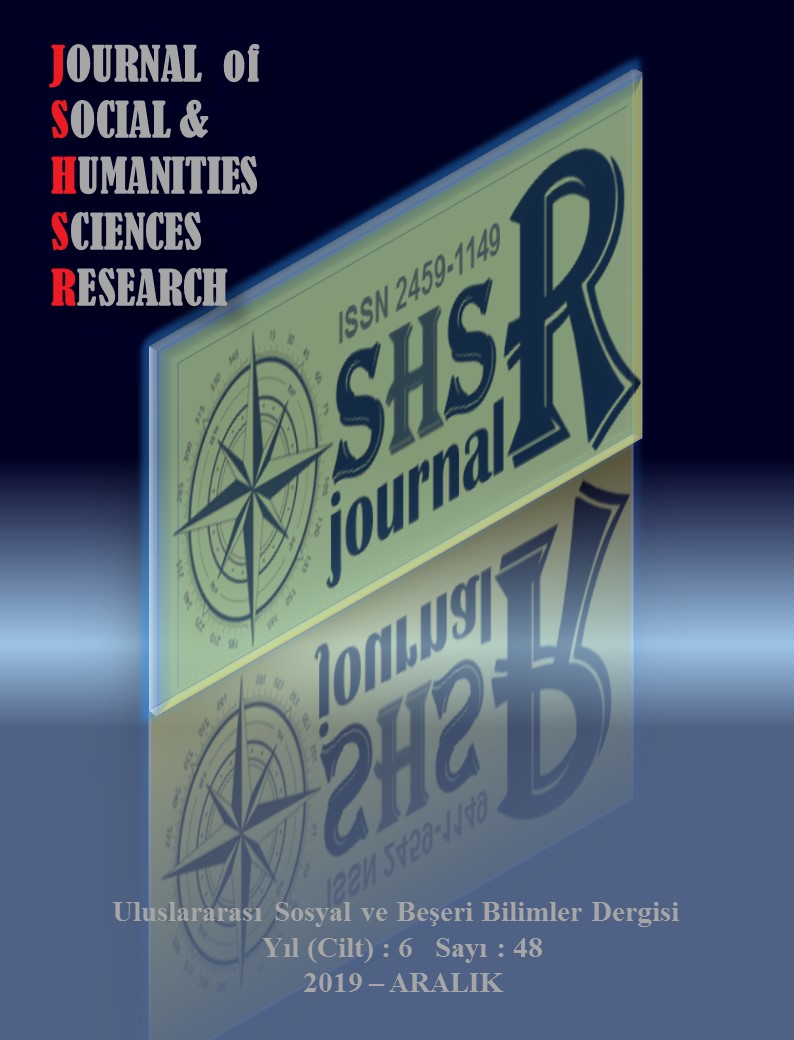JAPANISM IN OTTOMAN ART IN ABDULHAMID II PERIOD
DOI:
https://doi.org/10.26450/jshsr.1686Keywords:
Sultan Abdulhamid II, Japonism, Japanese artworks, Ottoman Palace CollectionsAbstract
In the Ottoman history, Sultan Abdulhamid II (1876-1909) period takes attention political, military and economic developments
as well as period of cultural change and accelerated development. During this period, in order to find solutions to the problems
of the Ottoman Empire, which struggled for existence in important areas, it began to deal more closely with different
geographies of the world. In this context, the formalization of his contacts with Japan was realized during the reign of
Abdulhamid II. There has been a great interest to the Japanese art beside such issues Japanese history, politics, economy,
culture, lifestyle, education system in the reign of Abdulhamid II. Dating from the period of Ottoman palaces, porcelain,
ceramic, wood, textiles, metal, and glass group works in Japanese style is rich enough to reflect the wide range of artworks.
Beginning in Europe in the 17th century, Japanism gradually began to exist in Ottoman art before the reign of Abdulhamid.
But it’s real effects were manifested during the reign of Abdulhamid. Moreover, since these Japanese influential artifacts were
used in accordance with the internal dynamics of the Ottoman art, Japanism in the world has a different and highly original
character than the influential artifacts. These artifacts, sometimes ordered and sometimes included in the palace collections as
gifts, are not only art objects but also concrete conveyors of important cultural interactions. Particularly, Sultan Abdulhamid's
II great interest in Japan since his prince has led to the transformation of Japan into a country that contributes to the richness
and diversity of Ottoman art through its cultural and artistic accumulations. Also, this contribution was not in line with the
form of Japanism in European art, but in a line compatible with the Ottoman art style. For this reason, Japanism works, which are located in Yıldız Palace during the reign of Abdulhamid II era and are scattered in various palace collections, have special
importance. Many Japanese art influences and art objects that are decorative and functional purposes, such as Sultan
Abdulhamid II own carpenter tools have survived from past to present. Moreover, it is understood from the archival documents
that more than the influential Japanese artifacts that survived were present in the palace at that time. As a result, in this article,
Japanism influential art in the Ottoman palace collections was tried to determine how it was used and how it created effects in
Abdulhamid II period’s art.
Downloads
Published
How to Cite
Issue
Section
License
Copyright (c) 2019 INTERNATIONAL JOURNAL OF SOCIAL HUMANITIES SCIENCES RESEARCH

This work is licensed under a Creative Commons Attribution 4.0 International License.


